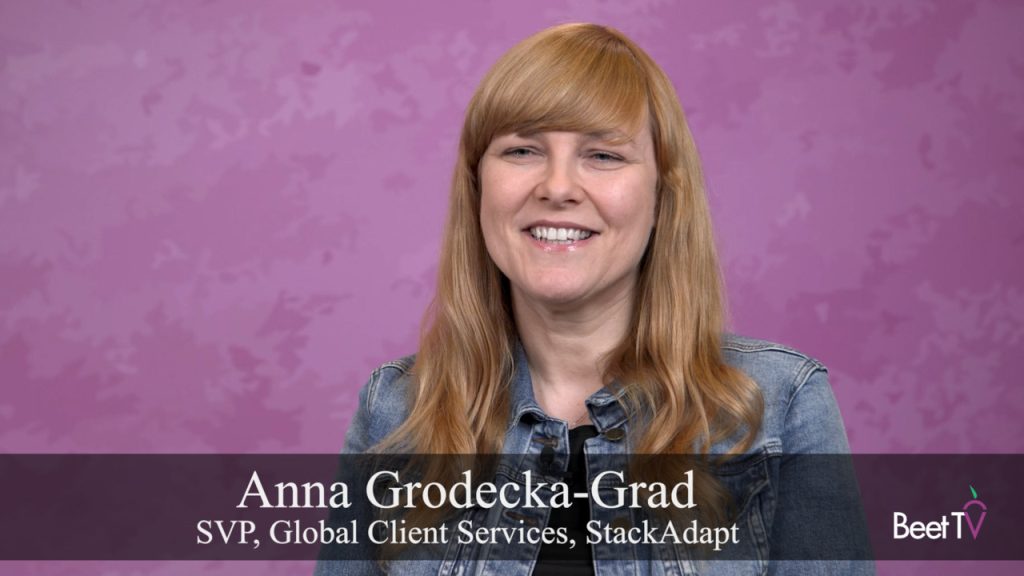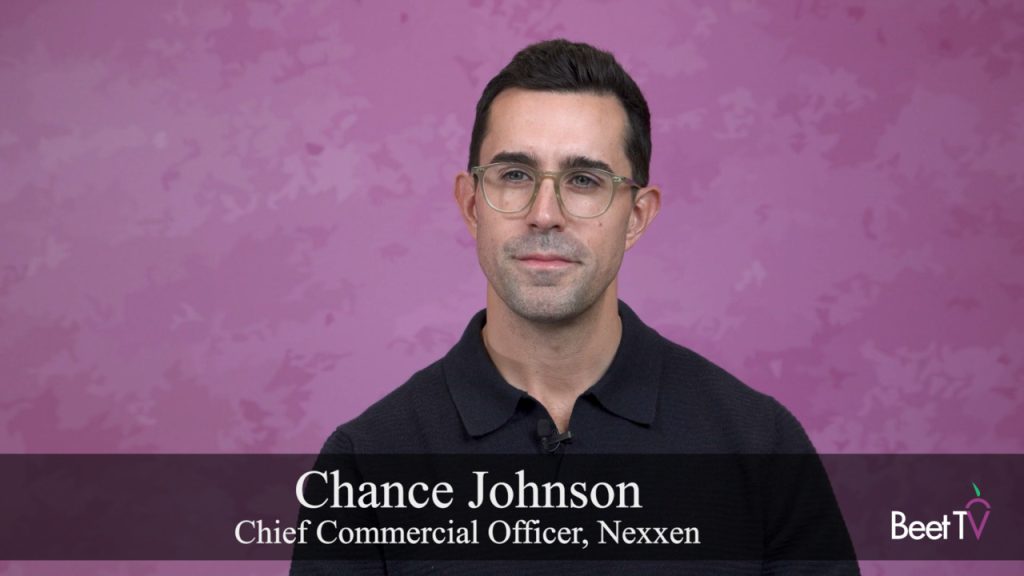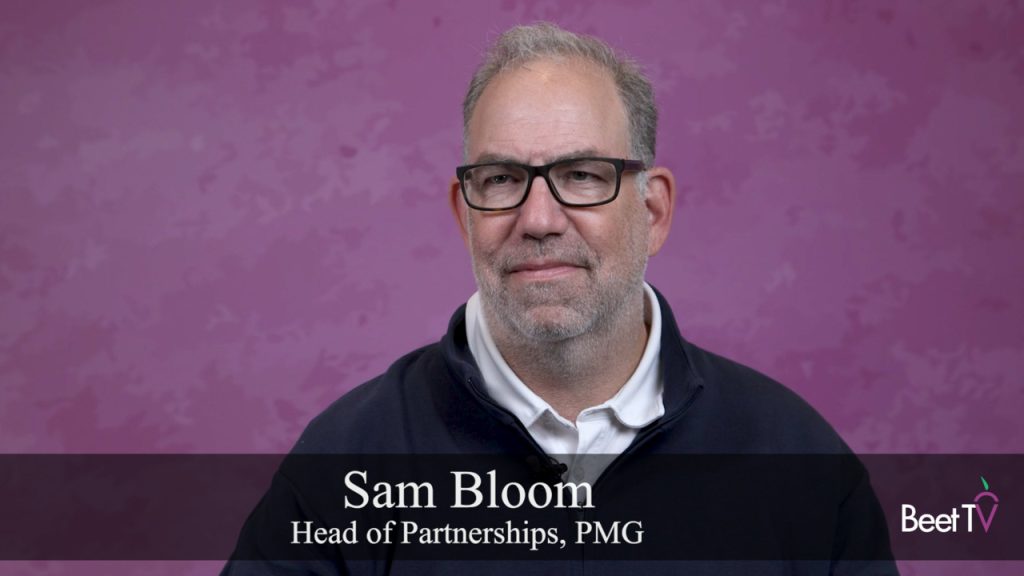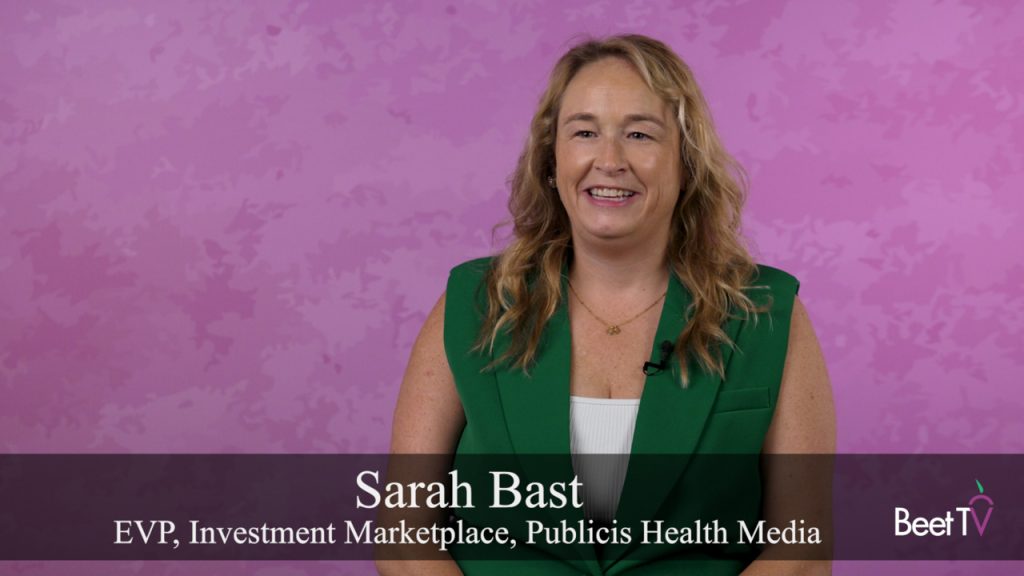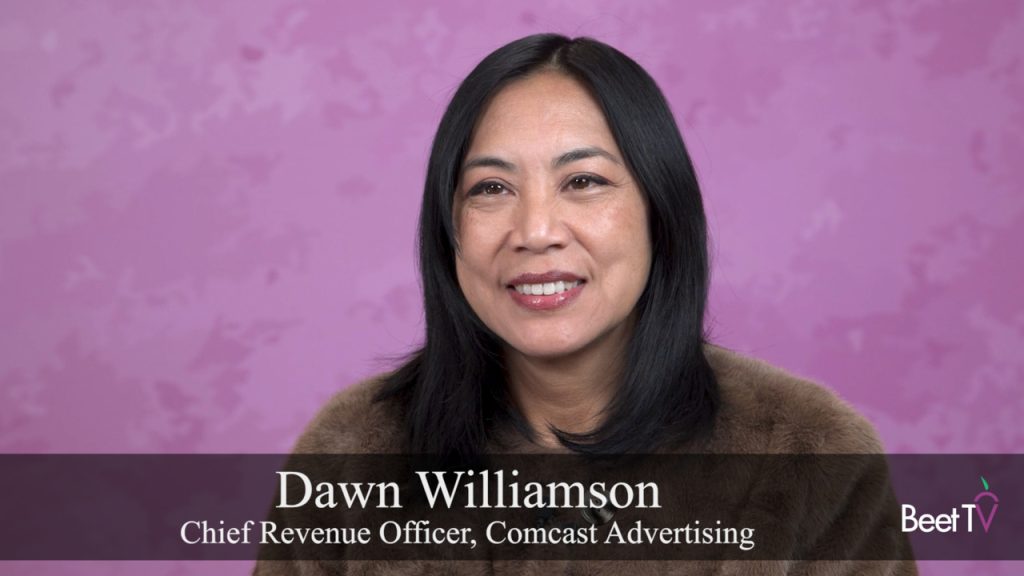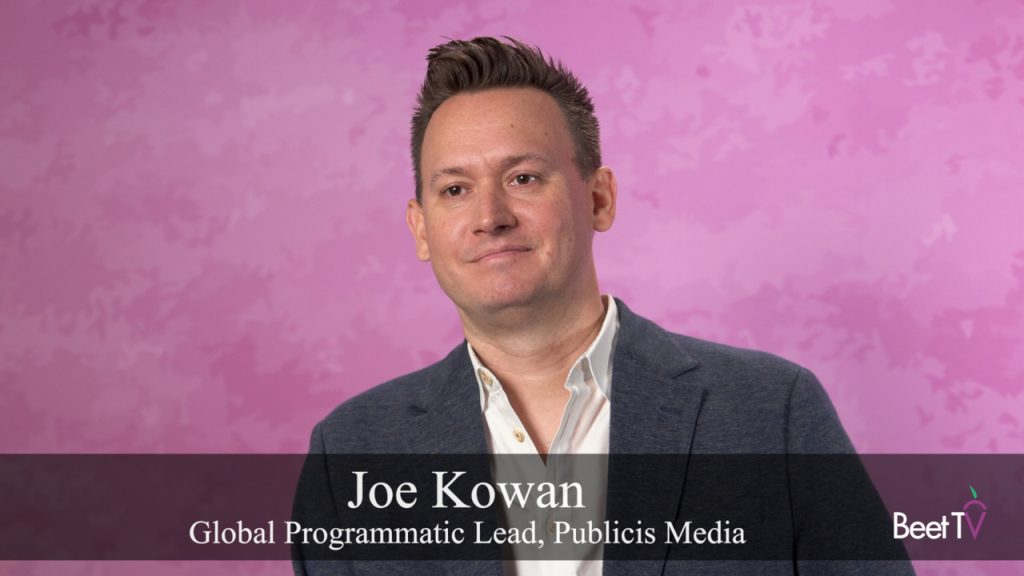Sara Badler is quite direct when discussing programmatic advertising at The New York Times. Much like the Times itself.
“We are still very much a direct business. We are a programmatic direct business,” Badler, who is Director, Programmatic Advertising for the Times says in this interview with Beet.TV.
One thing that distinguishes the Times is it’s quite picky about who it will sync with on the supply side. Much of its business is done via private marketplace deals set up directly with marketers or demand-side platforms.
“We have very few SSPs that we work directly with. Probably a handful,” says Badler.
Programmatic advertising is expected to be the subject of much discussion at the 2017 DMEXCO advertising and media trade show on Sept. 13 and 14 in Cologne, Germany.
There are some exceptions. “When we work with an SSP it’s obviously a very thoughtful discussion, integration and partnership and alignment because it’s really important since they’re going to have access to our inventory,” she adds.
To Badler, the last three years have been “amazing” as programmatic has continued to evolve, but with some similarities.
“I think in the way that it’s stayed the same is that we’re still talking to the advertisers. We’re still talking directly to marketers.”
Along the way, advertisers have gotten more wary of programmatic pitfalls, according to Badler.
“I think now advertisers and marketers really want to know where they’re running. They really care about the brands that they’re running with.”
Helping them figure out how programmatic fits into their overall buying strategies is something that excites Badler, who rejects the notion of programmatic representing remnant ad positions.
“Marketers use programmatic in a way so that they have everything stored in one place, in their DSP,” Badler says. It’s about efficiency, no tags, no insertion orders and no paperwork essentially.”
Native is “huge” for the Times, she adds, citing its inclusion in the publisher’s Flex Frame Everywhere offering, described as a horizontal, large format, cross-device, responsive unit that appears in-stream alongside editorial content.
What it all boils down to is “How do we transact it in a programmatic way rather than what we’ve always talked about which was the standard 300 by 250.”
This video is part a series that examines programmatic from both the seller and the buyer perspective. It is presented by PubMatic. For more videos from the series, please visit this page.







